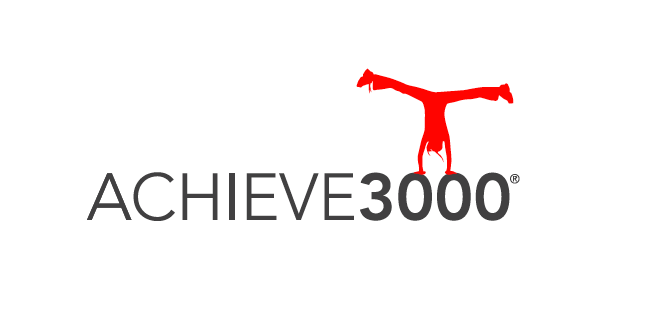 According to Achieve3000 research, professional firefighters have an average Lexile measure of 1260L. Hospitalists have an average 1440L. And would-be video game designers—the most popular career choice for District 11 middle schoolers in Colorado Springs—need about 1300L to have a shot in that industry.
According to Achieve3000 research, professional firefighters have an average Lexile measure of 1260L. Hospitalists have an average 1440L. And would-be video game designers—the most popular career choice for District 11 middle schoolers in Colorado Springs—need about 1300L to have a shot in that industry.
This information is an important motivator for students, as K-12 Literacy and Language Arts Facilitator Dr. Shelmon Brown observed during a recent classroom visit.
“Every student told me where they were currently reading, what career they were considering, and how much they needed to grow to achieve that goal,” Brown says. “This is exactly what we want—for our students to understand the power of literacy as currency.”
Precision differentiated instruction
The district adopted Achieve3000, which provides precision differentiated instruction, six years ago to improve literacy and college and career readiness. Teachers assign nonfiction articles that correspond with a specific subject or skill, and each article is leveled to each student’s precise reading level.
The articles and lessons are used as part of core instruction in science, social studies and English classes to support literacy in those subjects, Brown says.
“Students engage in collaborative conversations because they all read about the same topics,” Brown says. “This can lead to an increase in transferable skills across all texts and content areas.”
Fidelity matters
Achieve3000 recommends one or two articles per week for optimum student impact; at District 11, the goal is at least two, with 75 percent accuracy on post-text questions.
“Our own study showed that by using Achieve3000 with fidelity, students had more growth, and that transferred to PARCC data,” Brown says. “Eventually it could help close the achievement gap.”
A 2017-18 Achieve3000 report shows that from August to May, all District 11 sixth-graders had an average Lexile gain of 103L, compared with an expected gain of 74L; seventh-graders gained 101L (expected, 63L); and eighth-graders gained 94L (expected, 53L). Gains were higher for students who completed more than 40 articles. Those who completed more than 80 articles scored higher: 159L, 166L and 187L for grades 6, 7 and 8, respectively.
Administrative support is key
The report also shows that 33.4 percent of all middle school students were meeting or exceeding college and career readiness goals in May, compared with 20.7 percent in August 2017.
Key to this success is having supportive administrators who facilitate a data-driven approach to instruction, Brown says. Using student contests as incentives also keeps motivation high.
“That 1300L for a video game designer might discourage a child with a 700L,” Brown says. “But once we explain how much growth they need to make their goal, they understand it’s attainable.”
For more information, visit achieve3000.com

